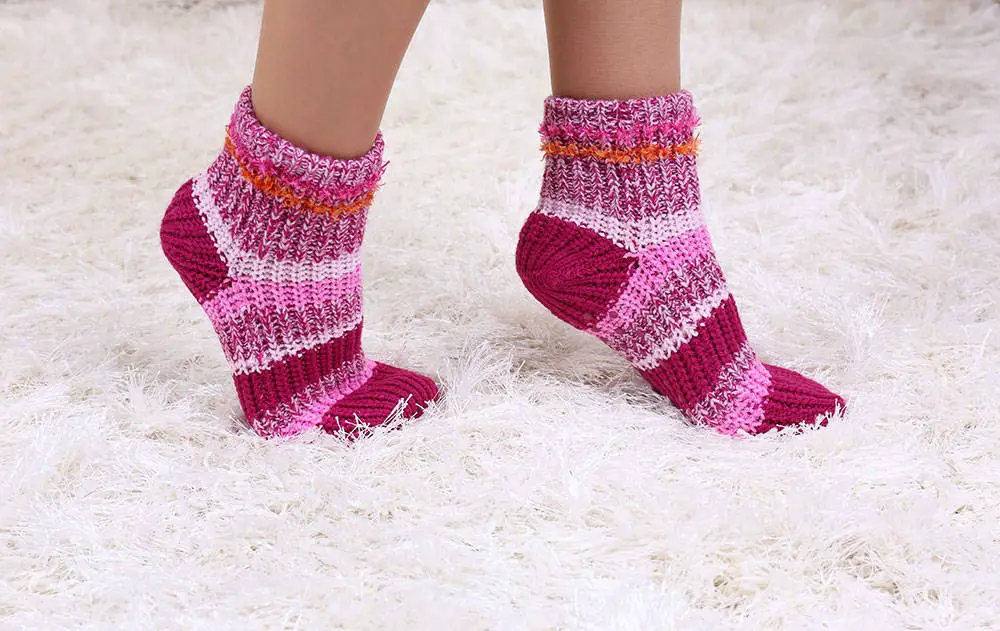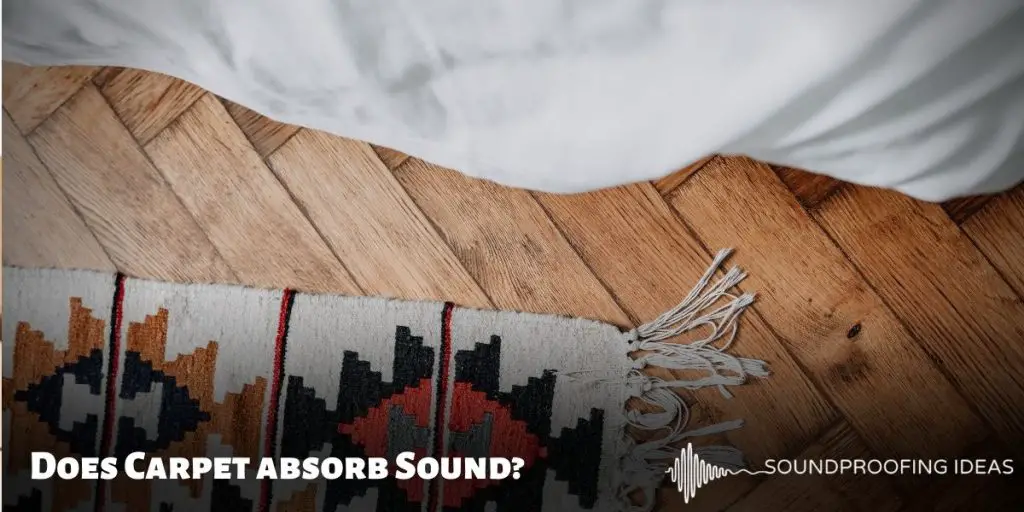If you want to absorb sound with carpets, your goal is probably to make the sound quieter in some way or to dampen it. Carpet can absorb the sound, but that does not automatically mean that the sound is also attenuated .
Contents
1. What does “sound-absorbing” mean?
Sound absorption is a property that is often used in room acoustics. You have probably heard of absorbers or seen certain acoustic modules from recording studios.
Unfortunately, there is a very big misunderstanding about what these sound absorbers are actually capable of.
Because sound-absorbing materials are by no means intended to absorb the entire spectrum of a sound wave in order to dampen the sound in any way.
These fabrics are for exclusive use! to improve the room acoustics. To put it simply, this means that the sound should be changed within a room.
But when the sound has been absorbed, it is no longer there, is it?
That’s true, but the performance of sound-absorbing materials is usually completely overestimated. Sound spreads in different frequencies.
Absorbent materials such as foams and carpets can only absorb high to medium frequencies of sound. These substances are absolutely ineffective at low frequencies. The sound wave penetrates them without any effort.
2. What actually provides for sound insulation?
A material with a high mass is basically the only thing that can really effectively stop sound . High mass means that the material is simply very heavy.
Why are heavy fabrics better against sound?
When a sound wave hits a wall, part of the wave penetrates the wall and sets tiny particles in motion. These particles are then set into oscillation, so to speak, by the sound wave.
Now it is much more expensive to set concrete in motion for sound than air, because the particles in the air are much more mobile than in concrete.
3. How does sound actually propagate in a room?
You can imagine the propagation of a sound wave like a raindrop hitting a puddle. As a result of the impact, circular waves spread across the surface of the water. The resulting waves get smaller and smaller the further they move from the center.

The air behaves in a similar way when you play music, for example. The air is set in vibration by the loudspeakers and thus also spreads in waves in the room.
If the energy is used up, for example if the sound has spread over a distance of 200 meters, then there is silence. Therefore, the further you move away from a sound source, the quieter it gets.
But there is another special feature with the sound.
Sound can propagate in different media. You probably know the noise of the neighbor’s vacuum cleaner, even though all the windows and doors in your apartment are locked. What happens in this case is the following:
The vacuum cleaner vibrates the air in the neighbor’s apartment and the sound spreads wonderfully through the air throughout his apartment. This propagation is known as airborne sound .
If the sound hits a wall, tiny components within the wall are set in motion. So the sound wave penetrates through the wall to a certain extent. This movement within the wall is called structure-borne noise.

4. Summary
Carpet is very well able to absorb sound. However, this does not mean that the sound is insulated or that it becomes quieter elsewhere.
Only high frequencies of sound (high tones) can be absorbed by the porous material of the carpet. In purely physical terms, low frequencies in the bass range cannot be absorbed by carpets.

